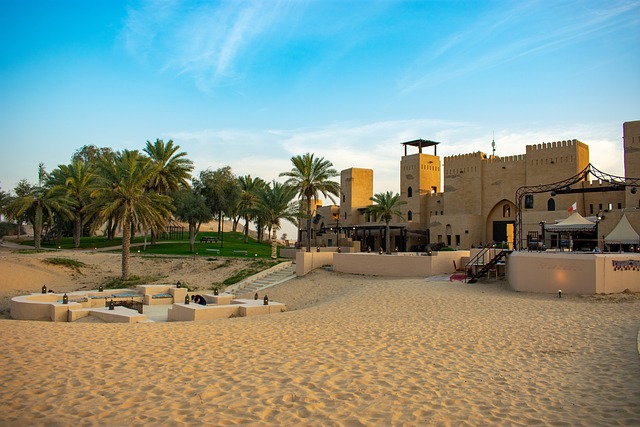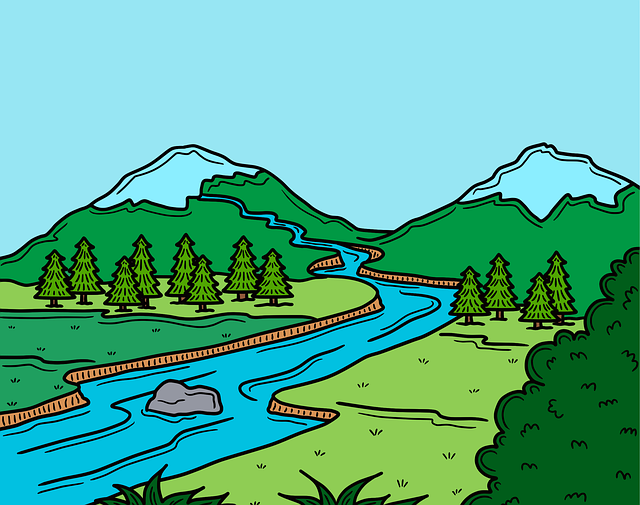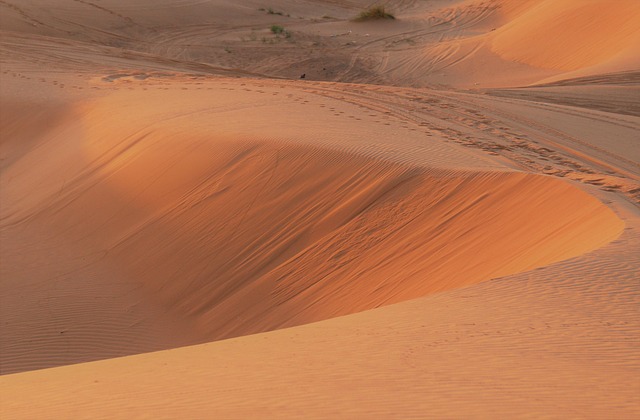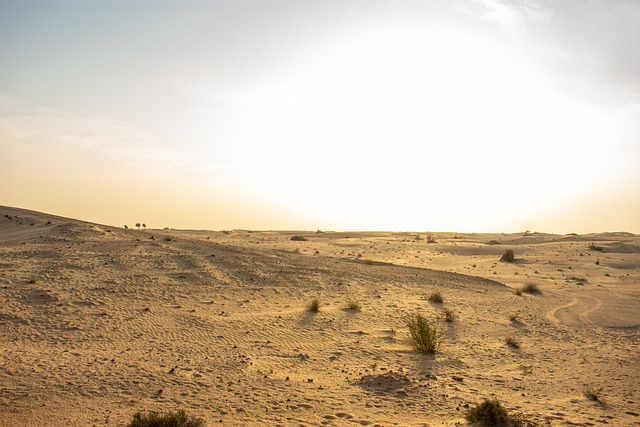The Oregon Dunes, a spectacular natural wonder along Oregon's coast, offer thrilling dune buggy adventures amidst ancient geological formations. With diverse landscapes, profound cultural significance for Native American tribes, and thriving ecosystems, the area is a haven for outdoor enthusiasts and a protected national recreation area. Through dune buggy excursions and other activities, visitors can explore rare flora, fauna, and immersive camping experiences while preserving this unique ecological and cultural heritage for future generations.
The Oregon Dunes, a breathtaking expanse of shifting sands, is more than just a natural wonder; it’s a historical treasure. This unique landscape has captivated visitors for decades, offering not just scenic beauty but a rich tapestry of cultural heritage and recreational opportunities. From Native American traditions to modern dune buggy adventures, the area’s historical significance is deeply intertwined with its dynamic environment. Explore these diverse facets as we delve into the Oregon Dunes’ past, present, and future.
- A Natural Wonder: The Formation and Geography of Oregon Dunes
- Cultural Heritage: Native American Traditions and the Dunes' Role
- Recreational Paradise: Dune Buggy Adventures and Beyond
- Environmental Significance: Ecosystems and Conservation Efforts
- Historical Milestones: Events Shaping the Dunes' Identity
A Natural Wonder: The Formation and Geography of Oregon Dunes
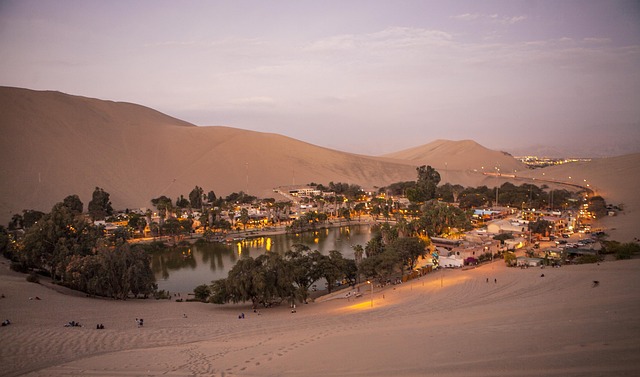
The Oregon Dunes, stretching along the state’s coastal edge, are a remarkable natural wonder that has captivated visitors for generations. This unique landscape is shaped by powerful ocean winds and ancient geological forces, creating a vast expanse of sand dunes that rise and fall like a towering symphony. The area boasts some of the highest sand dunes in North America, with peaks reaching up to 500 feet, offering breathtaking views and dune buggy adventures for thrill-seekers.
The formation of these dunes is a result of millions of years of wind and water erosion, where rivers once carried sediment from the Cascade Range down to the coast, depositing it along the shore. Over time, this sand accumulated and was shaped by prevailing winds, forming the distinctive dune patterns we see today. The diverse topography includes towering spires, gentle swells, and deep ravines, creating a dynamic and ever-changing landscape that has earned its place as a significant natural attraction in Oregon.
Cultural Heritage: Native American Traditions and the Dunes' Role

The Oregon Dunes area holds immense cultural significance, with a deep connection to Native American traditions for thousands of years. The dunes have served as both a spiritual and practical resource for indigenous peoples, who have relied on them for sustenance, shelter, and ceremonial purposes. Tribal stories and legends often include references to the dunes, highlighting their importance in shaping cultural heritage.
Today, these sands continue to draw visitors seeking thrilling activities like dune buggy adventures. However, it’s crucial to recognize that the dunes’ value extends far beyond recreation. They remain a vital part of the region’s indigenous heritage, reminding us of the enduring presence and resilience of Native American communities.
Recreational Paradise: Dune Buggy Adventures and Beyond
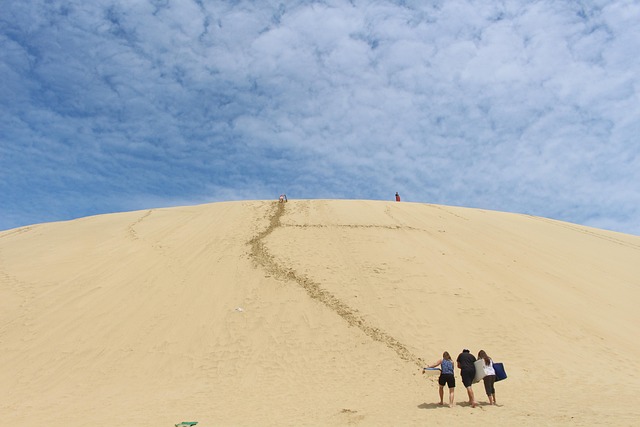
The Oregon Dunes National Recreation Area offers more than just breathtaking landscapes; it’s a recreational paradise teeming with excitement. One of the most popular activities here is dune buggy adventures, where visitors can navigate through the towering sand dunes in these rugged vehicles. These thrilling excursions provide an unparalleled experience, allowing people to explore the dynamic and ever-changing dunes up close.
Beyond dune buggy adventures, the area offers a diverse range of recreational opportunities. Hiking trails wind through the dunes, offering panoramic views and the chance to discover rare flora and fauna. For wildlife enthusiasts, bird watching is a favorite pastime, as the region is home to numerous species, some of which are endemic to this unique ecosystem. Camping under the vast Oregon sky is another draw, providing visitors with a chance to immerse themselves in nature and connect with the area’s rich history and natural beauty.
Environmental Significance: Ecosystems and Conservation Efforts

The Oregon Dunes area is a remarkable natural wonder, boasting diverse ecosystems that have drawn visitors for generations, including those seeking thrilling dune buggy adventures. These expansive sand dunes are not merely a playground; they play a vital role in sustaining a unique and fragile environment. The area is home to numerous plant and animal species, many of which are endemic to this region, making it a crucial habitat for conservation efforts.
The diverse topography, ranging from towering dunes to wetlands and forests, supports a range of ecosystems. Conservation initiatives have focused on preserving these habitats, ensuring the survival of rare flora and fauna. The area’s dynamic nature, where sand shifts and shapes the landscape, presents both challenges and opportunities for conservationists. This ever-changing environment requires adaptive management strategies to protect and restore the delicate balance that makes Oregon Dunes a remarkable ecological treasure.
Historical Milestones: Events Shaping the Dunes' Identity

The Oregon Dunes have witnessed a rich tapestry of historical events that have shaped their unique identity. One of the earliest known milestones is the arrival of Native American tribes, who for centuries considered these dunes as sacred grounds and integral to their way of life. Their cultural practices, including hunting, gathering, and ceremonial rituals, were deeply intertwined with this landscape. The 19th century brought significant changes with the arrival of European settlers, prospectors, and pioneers seeking fortune and new beginnings. Gold rushes and logging booms left indelible marks on the region’s history and environment, setting the stage for the future development of dune buggy adventures.
As time progressed, the Oregon Dunes became a popular destination for outdoor enthusiasts, offering breathtaking landscapes and opportunities for exploration. The 20th century saw the establishment of protected areas and conservation efforts to preserve this fragile ecosystem. Today, visitors can enjoy dune buggy adventures amidst a rich historical context, where the past and present converge, allowing everyone to appreciate the dunes’ enduring significance.
